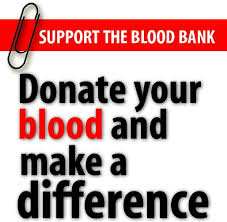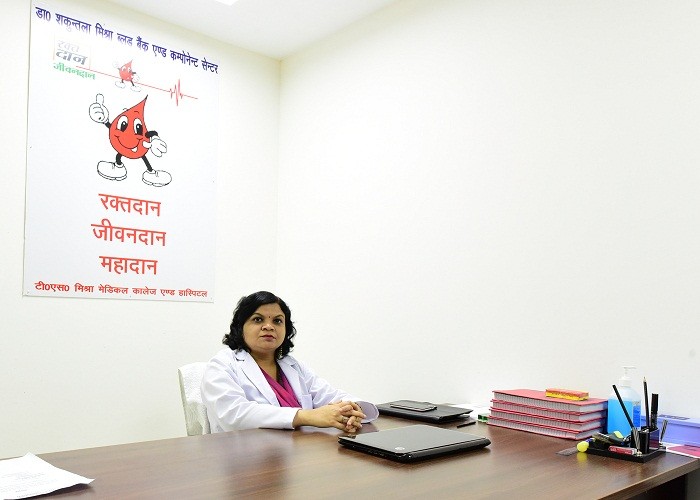

BLOOD BANK
A blood bank is a centre where blood gathered as a result of blood donation, stored and preserved for later use in blood transfusion.
The term "blood bank" typically refers to a division of a hospital where the storage of blood product occurs and where proper testing is performed
(to reduce the risk of transfusion related adverse events).
WHAT IS A UNIT OF BLOOD?
Blood is collected in plastic bags which contain a fluid which prevents blood from getting coagulated. Blood banks usually draw 450ml of blood when
the blood donation is in the blood bank and 350ml when the blood donation is in a blood donation camp (outside the hospital). This blood, along with
the anti coagulant present in the bottle or bag, is known as one unit of blood.
Features of the System:
- Blood Donation Camp & Camp Organiser Management.
- Donor Registration, Managing donor database, recording their physical and medical statistics.
- Inventory management in blood bank for storage and issuance of blood.
- Blood Donation area- 2 beds for whole blood donation.
- Donor counselling and motivation.
- Testing of infections such as HIV, Hepatitis B&C, Malaria, Syphilis
- Blood grouping of donors and patients.
- Quality control of blood components.
- Component separation into PRBC, FFP, RDP.
- Diagnostic tests- DCT,ICT.
- Cross matching of blood.
- Fridge Wise Stock Position and Printing of Fridge Stickers.
IMPORTANT EQUIPMENTS
1- Donor couch with fittings complete
2- Cylinder O2 -1246 litre
3- Hot air oven
4- Incubator
5- Gel card incubator
6- Gel card centrifuge
7- Centrifuge
8- Refrigerated centrifuge
9- Centrifuge bucket equalizer
10- Blood bank refrigerator
11- Deep freeze- 80
12- Deep freeze- 40
13- Cryoprecipitate bath
14- VDRL rotor and shaker
15- ELISA washer and ELISA reader
16- Platelet agitator
17- Plasma expresser
18- Cell counter
19- Coagulometer